TALLAHASSEE, Fla. (Army News Service, Aug. 19, 2008) - The Florida National Guard activated about 125 Soldiers and Airmen for its planning cells and alerted other units in preparation for Tropical Storm Fay as the storm approached Cuba over the weekend.
The Joint Emergency Operations Center was activated in St. Augustine, unit-planning cells were established across the state, and senior leaders were moved to the State Emergency Operations Center here as Florida Gov. Charlie Crist signed an executive order Aug. 16 to support operations in advance of Tropical Storm Fay.
The executive order placed the Florida National Guard under control of the state coordinating officer and allows the Florida adjutant general to preposition Guard units prior to the storm making landfall.
While activated for state duty, the Florida National Guard will serve in support of the Florida Division of Emergency Management.
"It's important for the people of Florida to know the citizen-Soldiers and -Airmen of the Florida National Guard are prepared to respond to Tropical Storm Fay as assigned by the Florida Division of Emergency Management," Army Maj. Gen. Douglas Burnett, the adjutant general of Florida, said. "The National Guard is poised to provide humanitarian aid, security, equipment, debris removal and search and rescue assistance."
The Florida National Guard has more than 9,000 Soldiers and Airmen available who can respond to various and simultaneous emergencies in Florida, including efforts to deter terrorist-related activities.
"The Guard has continuous contact and coordination in effect with the Florida Division of Emergency Management in Tallahassee and has established planning cells to ensure a rapid build-up of personnel and equipment if needed," said Air Force Lt. Col. Ron Tittle, the Florida Guard's chief spokesman. "We have much experience in responding to emergencies and we will continue to rise to the occasion."
Florida National Guard Soldiers and Airmen are trained and equipped for a wide range of life support, security and public safety missions, he added.
If needed, the Florida National Guard can request additional personnel and resources from other states through the National Guard Bureau, as part of the Emergency Management Assistance Compact, Tittle said.
Soldiers in south Florida prepare for logistics missions as Tropical Storm Fay approaches
As the heavy rains and wind from Tropical Storm Fay battered Key West on Aug. 18, a team of Florida Army National Guard Soldiers in south Florida were already developing plans for supporting relief efforts after the eventual landfall.
At their headquarters in Homestead, seventeen members of the 50th Area Support Group (ASG) were closely monitoring the storm's projected path and deciding how to best support the state's future relief efforts for Tropical Storm Fay.
Rain bands and wind gusts from Fay had already reached Homestead and nearby Miami by the morning of Aug. 18, and the 50th ASG was preparing for its mission as the main logistics effort for Florida National Guard disaster relief operations. A task force of logistical specialists, the 50th would be responsible for supporting missions including ice and water distribution to storm victims, providing high-water military vehicles, command and control of logistics staging areas, and even removing storm debris if the damage was severe enough.
"All this is done in support of the civil authorities," commander of the 50th Area Support Group Col. Rick Bedard explained. "We get our tasking from the state through the National Guard Emergency Operations Center. Those missions could be anything from traffic control around one of the points of distribution to using a forklift to move commodities."
Bedard noted that although his initial planning cell was small, he could call up more than 500 Soldiers for the task force if requested.
Besides the more than 9,000 Soldiers and Airmen available from the Florida National Guard who can respond to various and simultaneous emergencies, additional personnel and equipment can be mobilized quickly from other states if needed as part of the Emergency Management Assistance Compact.
Bedard explained that one of the biggest challenges his team encounters during disasters like tropical storms and hurricanes is guessing where and how great the logistics needs might be. Since the landfall location and intensity of Fay was still unknown as of the morning of Aug. 18, the 50th planners were reviewing several likely scenarios.
"Out intent was to plan for three different contingencies," he said. "One contingency is that the main storm hits in Naples/Fort Myers area. The second contingency is that the storm hits Tampa and the third contingency is that it goes up the coast, gains some speed, and hits the Panhandle."
Each scenario called for a different logistics response, and the team adjusted the plans for each response based on several factors, including where to position a logistics staging area and what Florida National Guard units to bring into the task force.
"Obviously if we have Soldiers in the affected areas we don't want to pull them into state active duty because they have their families to be concerned about," Bedard added.
Bedard and other members of the 50th Area Support Group deployed to Kuwait in 2004 as part of Operation Iraqi Freedom where they took over an already-established logistics mission. The colonel noted that planning the logistical support of a disaster relief mission is quite different from planning in a combat theater.
"Every time we have a disaster relief effort it's a new ball game," he said. "You don't know what roads are going to be open or what facilities are going to be available; it's like setting up in brand new war zone every time."
Rain and wind from the tropical storm increased steadily throughout the day at Homestead - an area devastated by Hurricane Andrew in 1992 - and other members of the 50th were trying to stay dry in the unit's motor pool as they inspected vehicles and prepared equipment for possible missions.
While filling fuel cans and doing maintenance checks on a forklift, Sgt. Luis Oliva explained that preparation was crucial for disaster relief missions where lives could be at risk. Wiping away the rain from his eyes, Oliva said that as a resident of Miami he knows how much people rely on the state's emergency responders and the Florida National Guard.
(The authors are with the Florida National Guard)

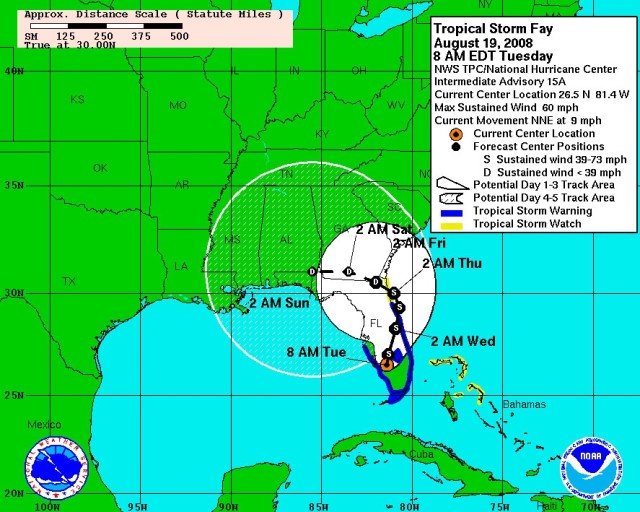
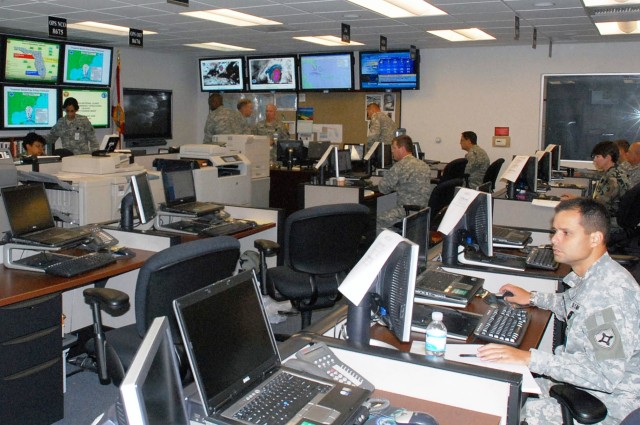
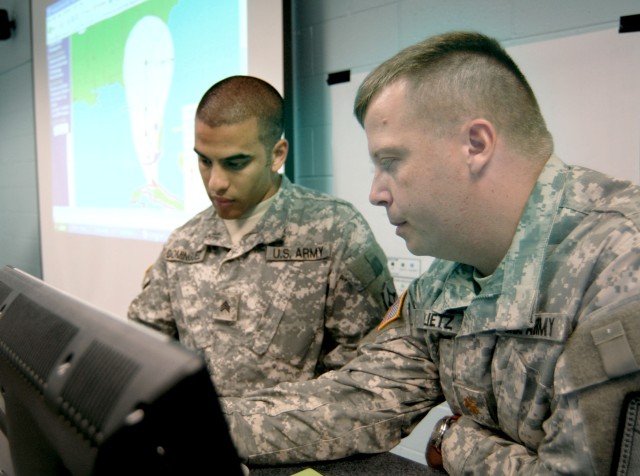
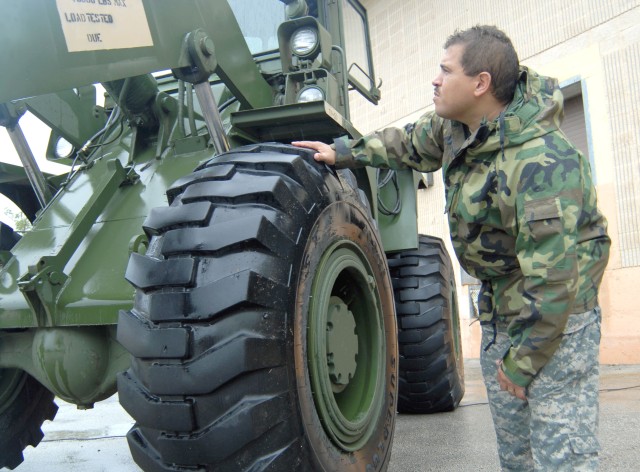
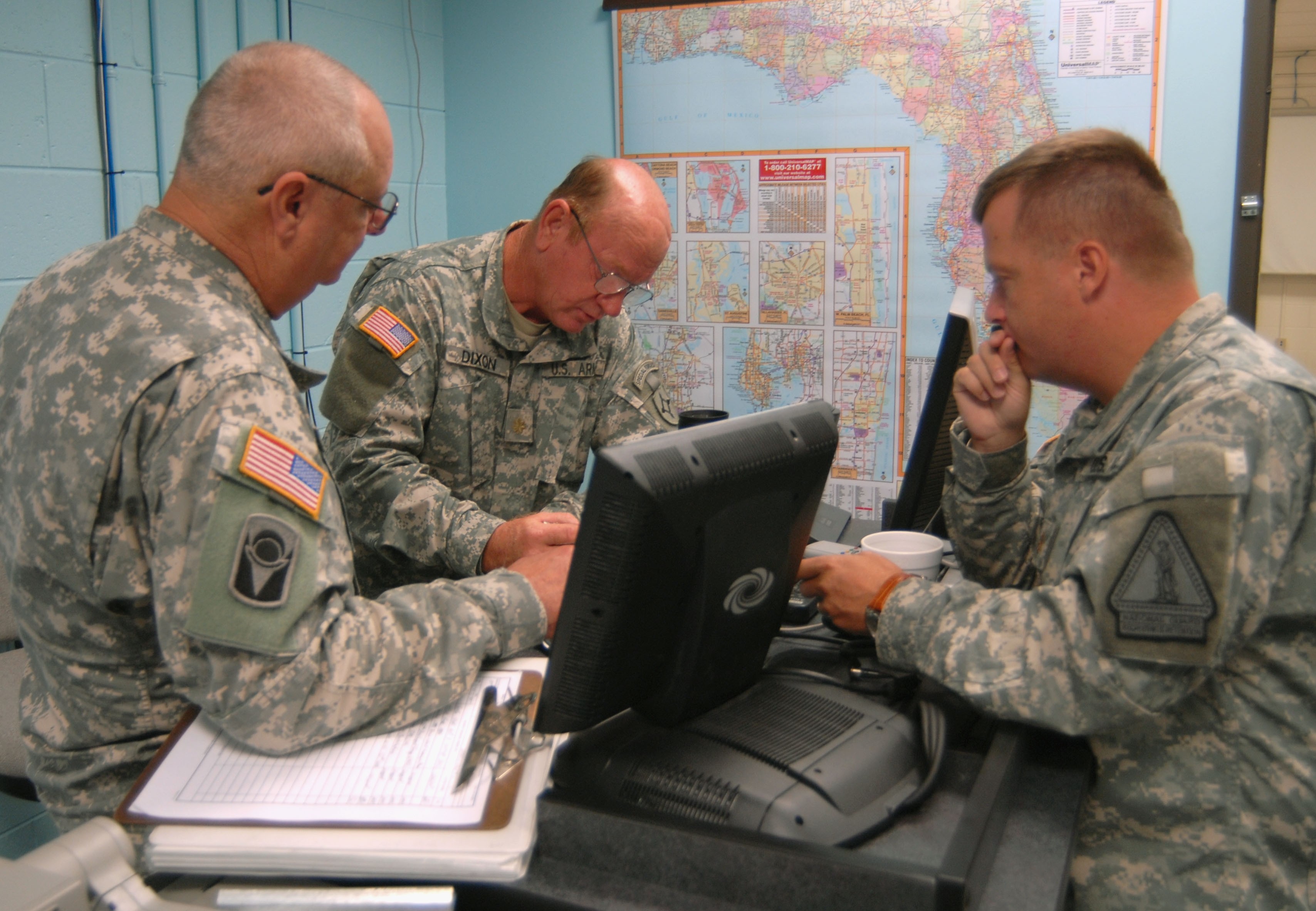
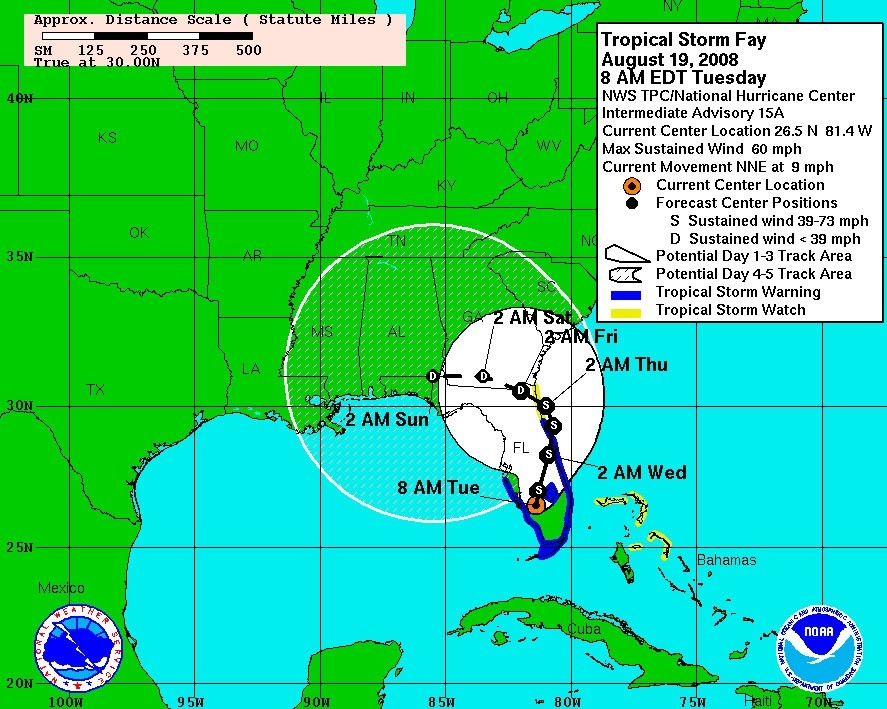
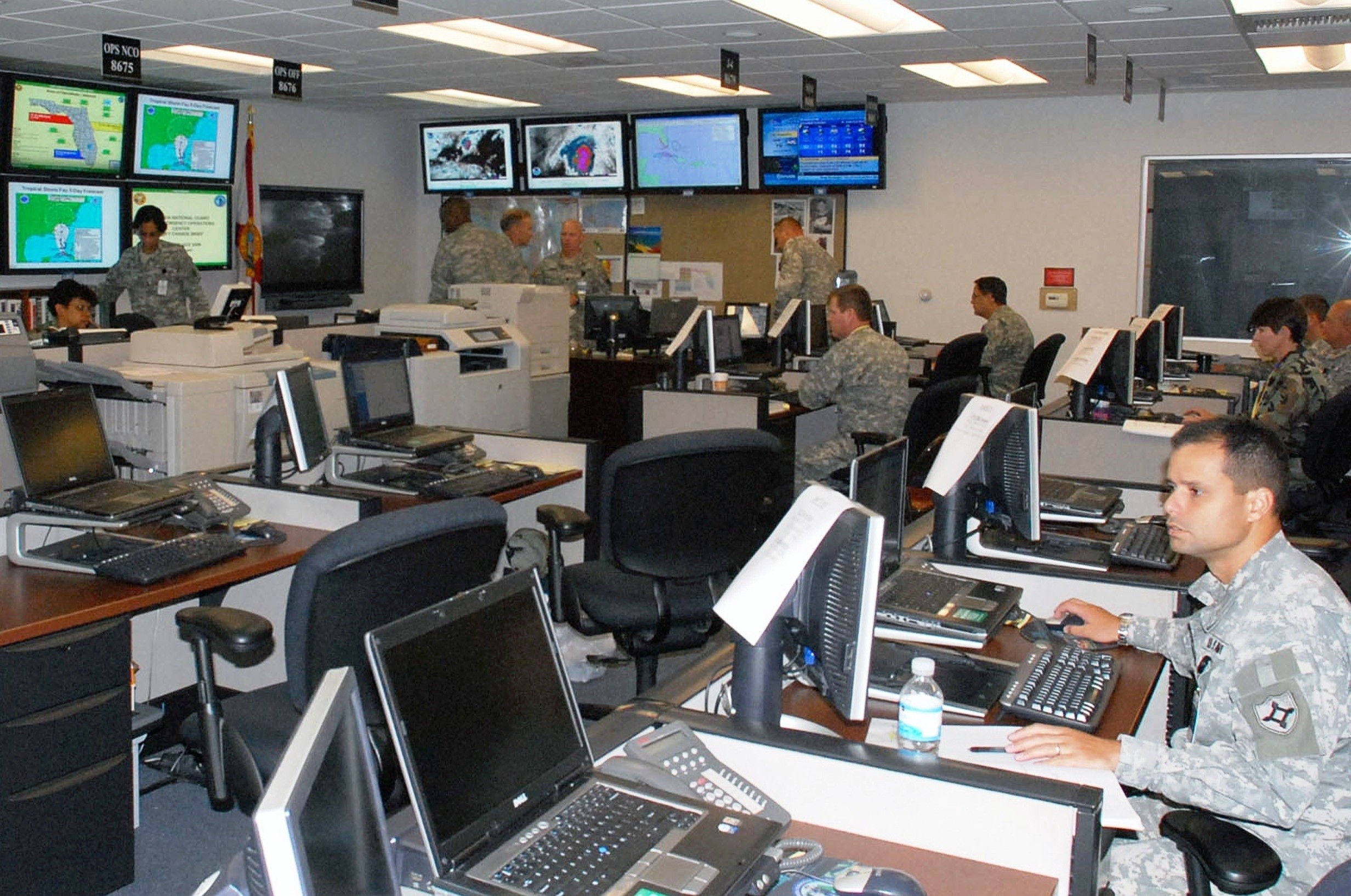
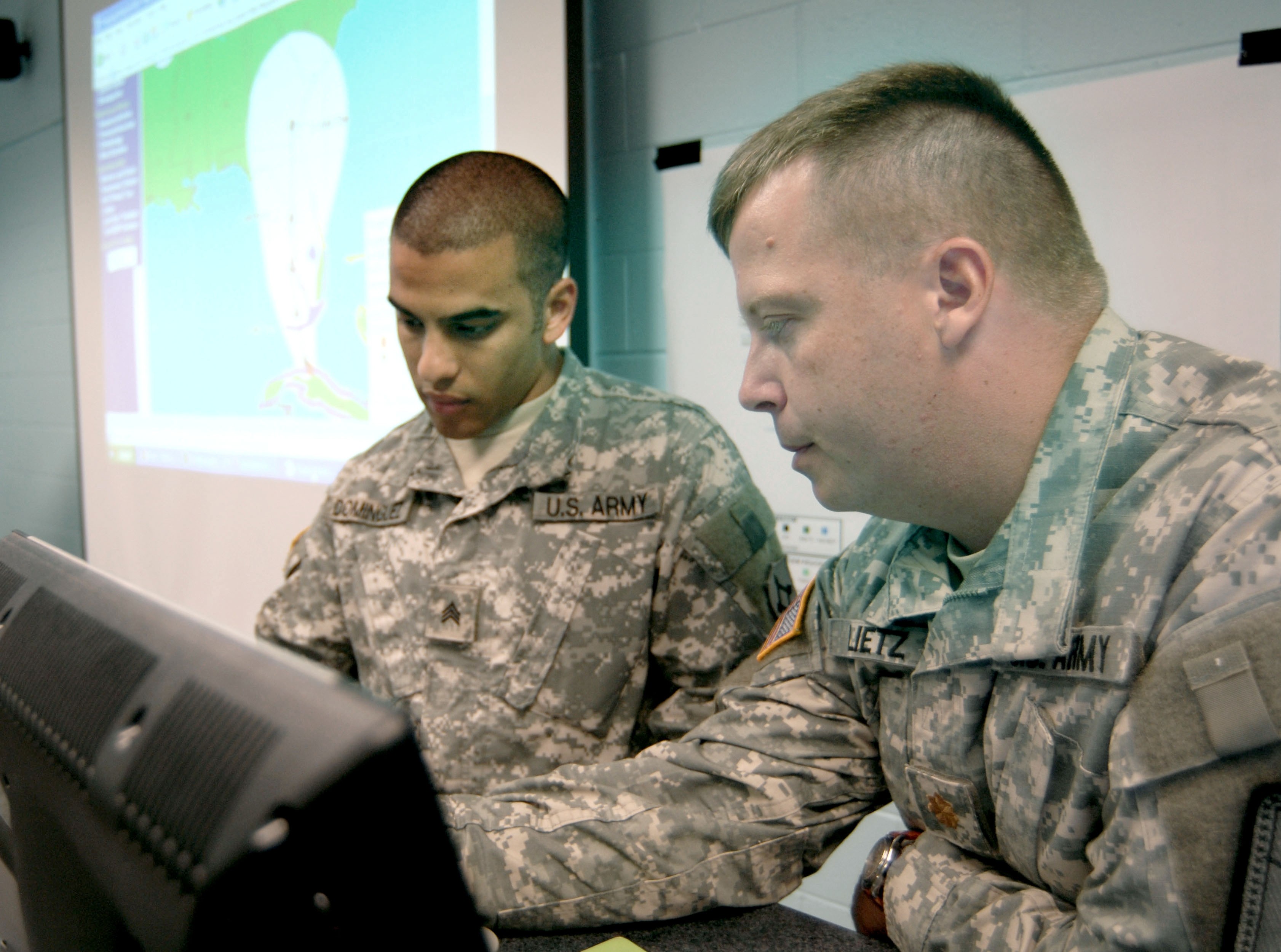
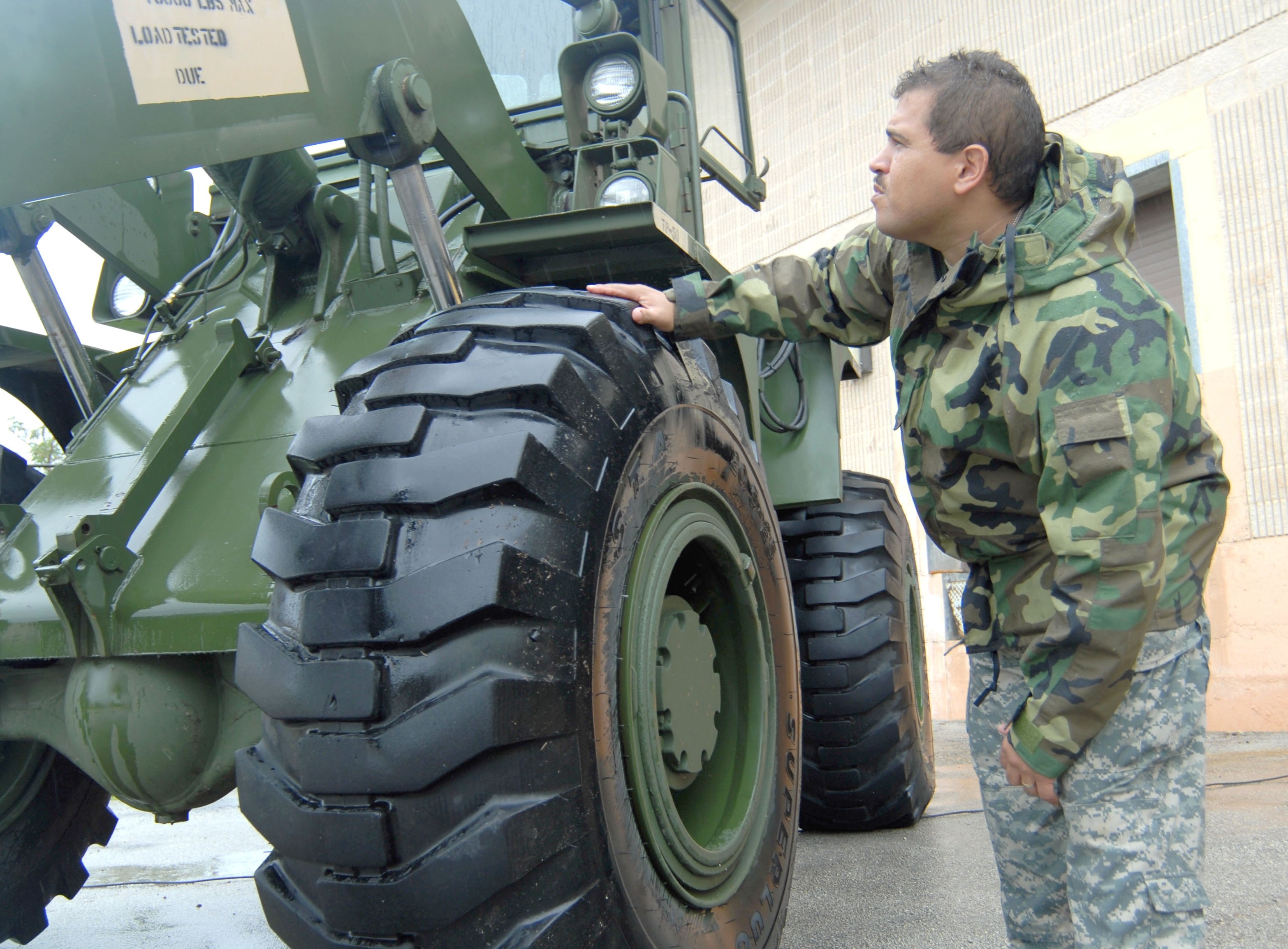
Social Sharing